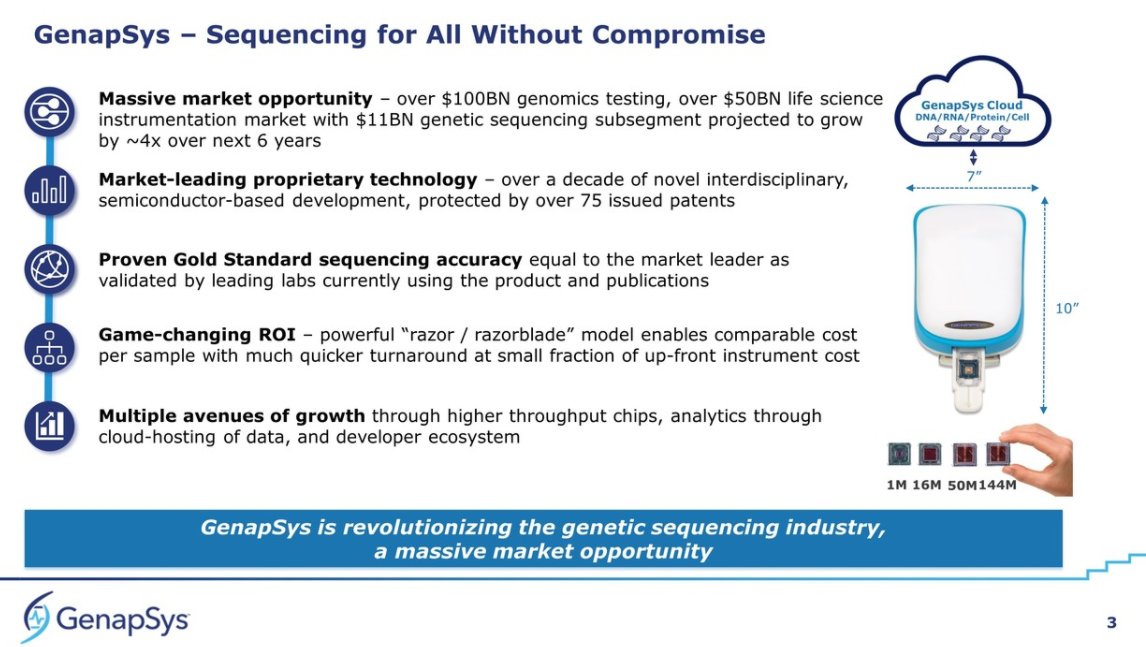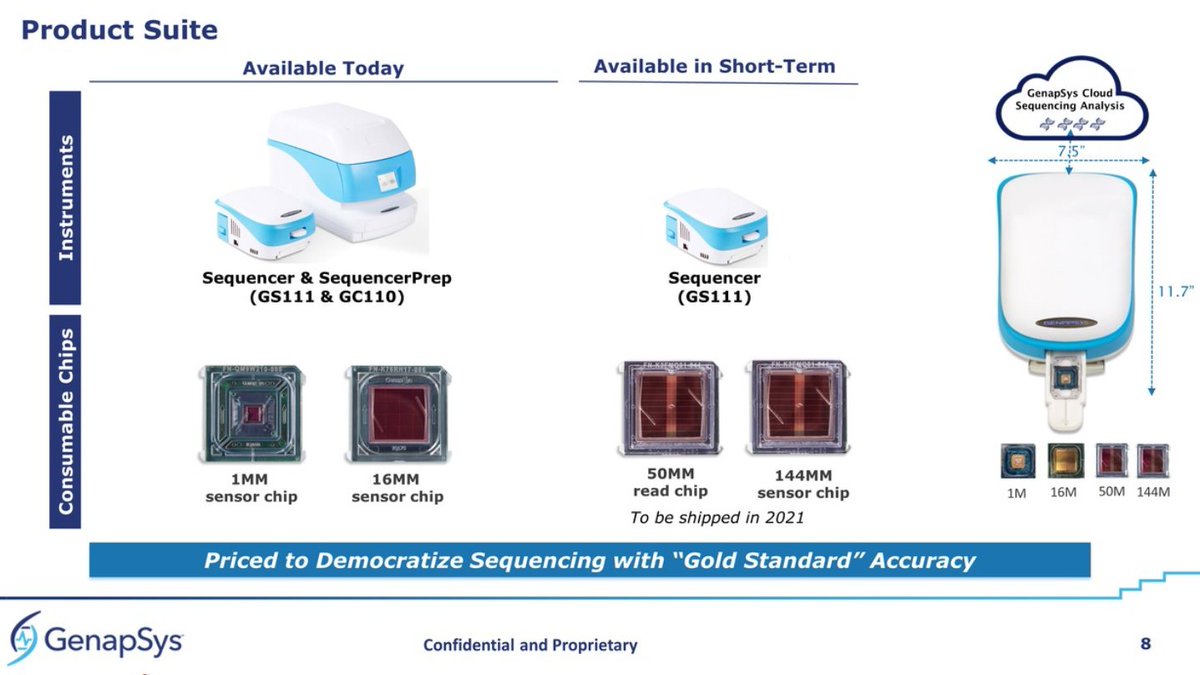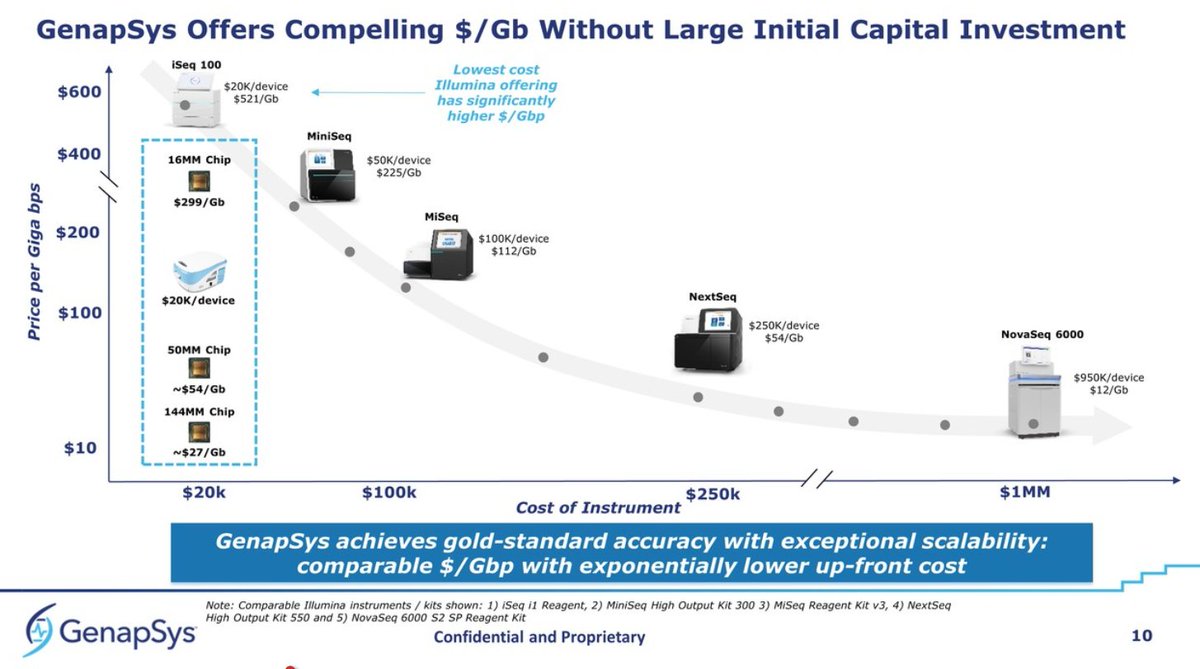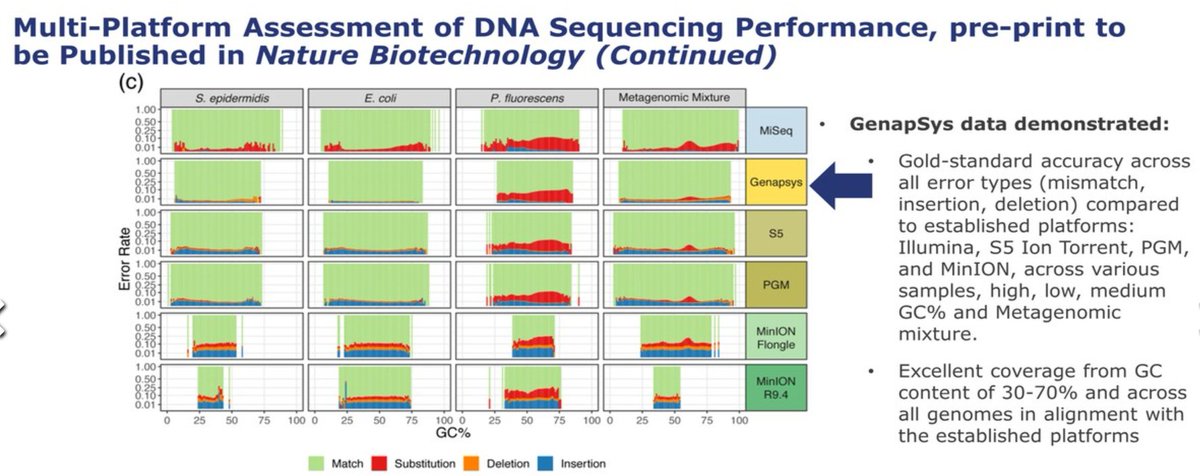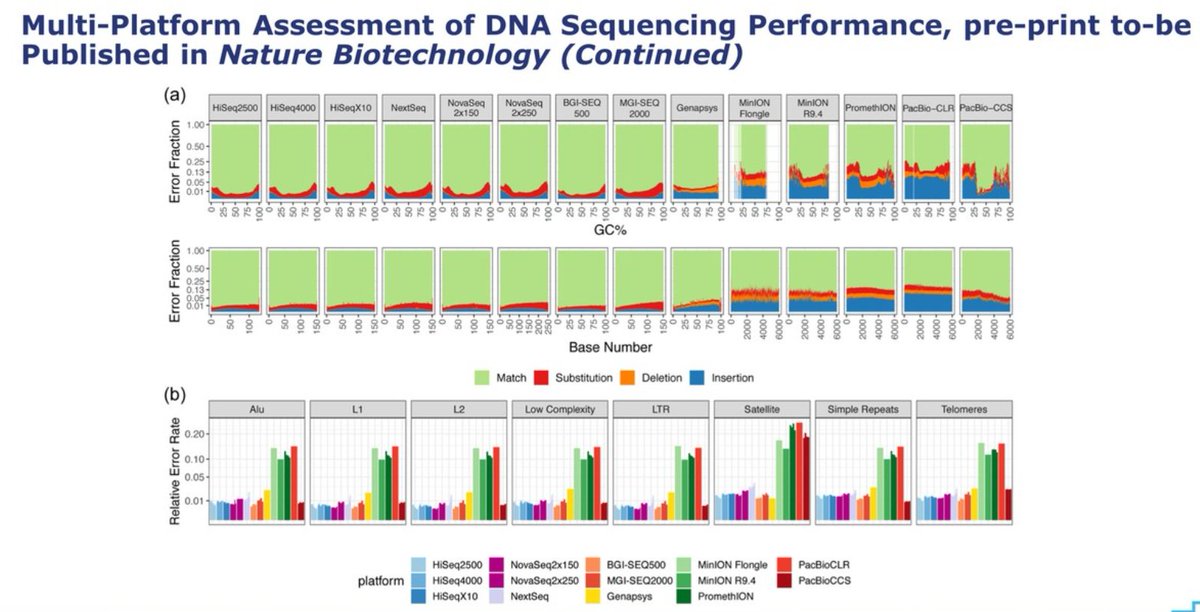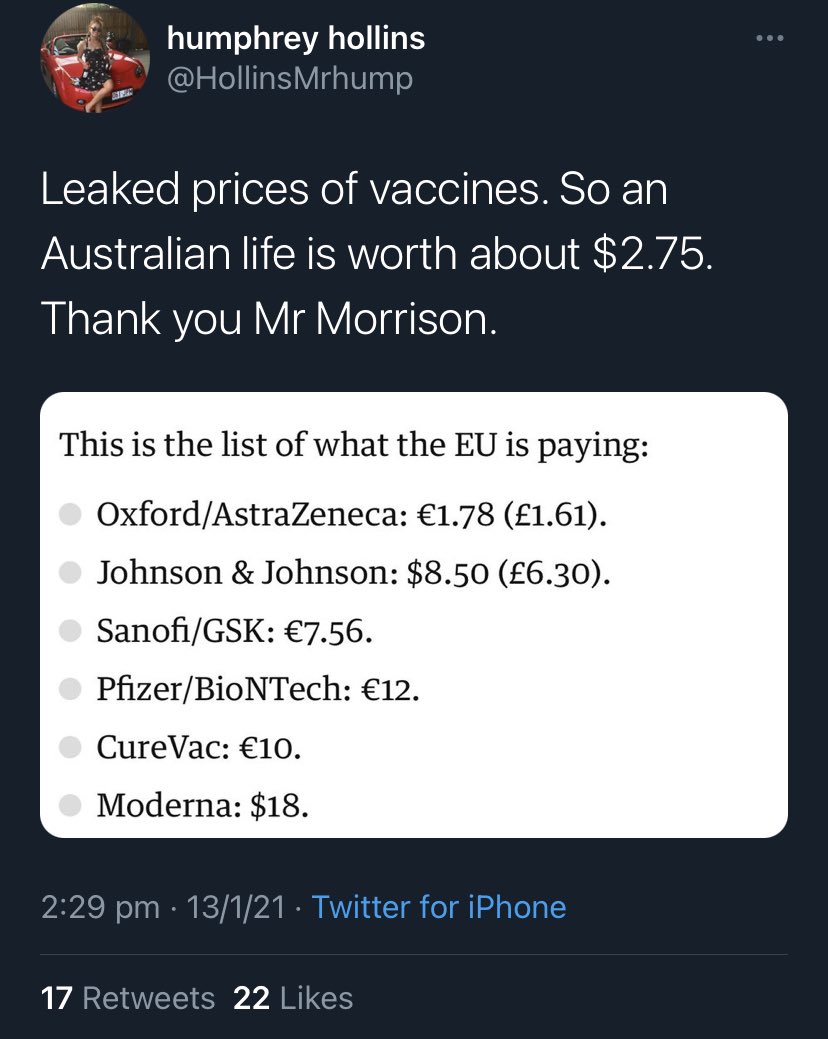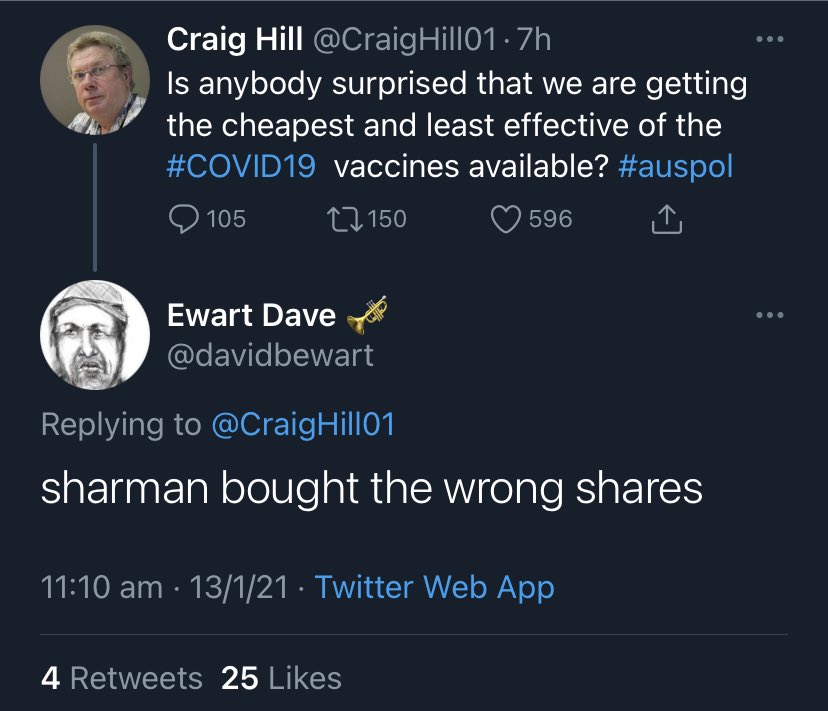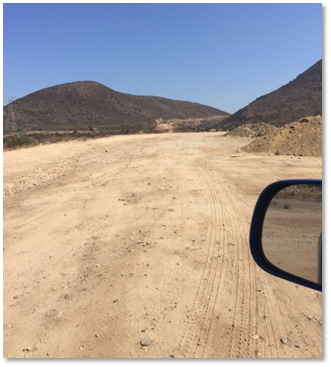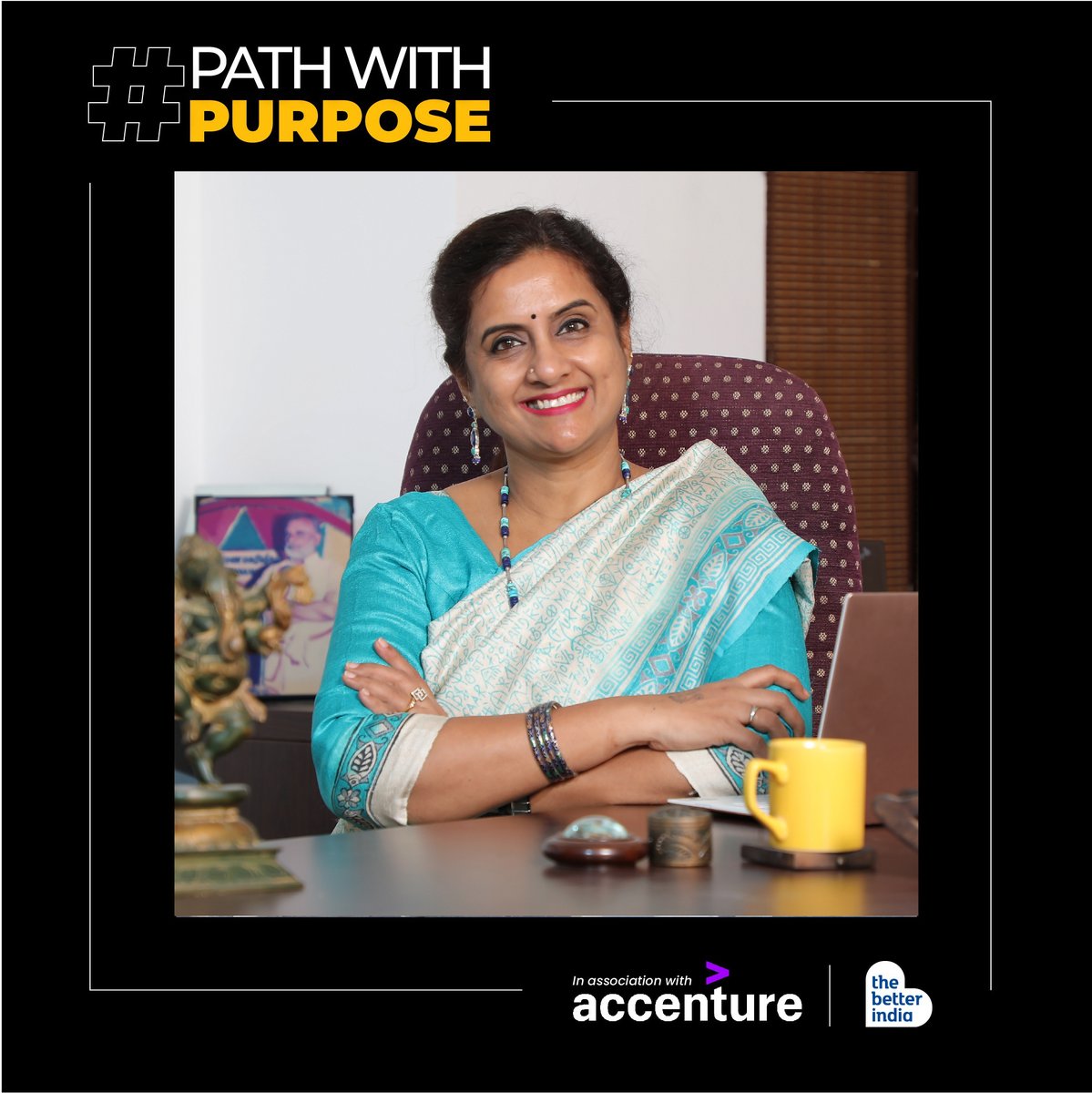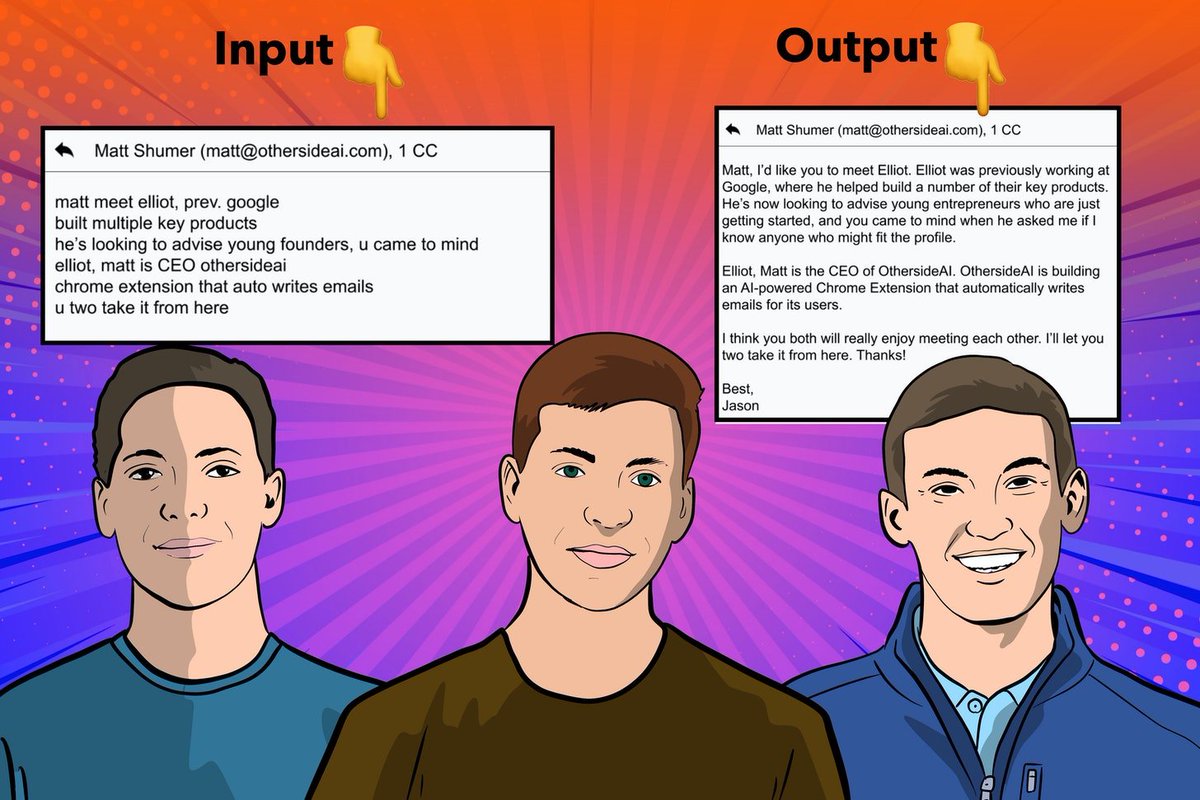Categories Finance
7 days
30 days
All time
Recent
Popular
$VMNT @Vemanti 💎🙌 to $10 due diligence
•$30,000,000 funding secured and 2 institutional partnership
•$5,000,000 stock buy from Livetrade
•Marena Gold Mali Acquisition
•Uplisting QB to NASDAQ
#VMNTDD

CEO of vemanti secures $30,000,000 and partners with 2 institutional investors.
Source:
https://t.co/bYj7HrvfRJ
Accial Capital
https://t.co/jpdSEmqdJR
Variant
Interview with the CEO of @Vemanti $VMNT, @tanctran after securing $30,000,000
🔈🔉🔊

LiveTrade To Acquire $5M USD Worth of Vemanti Group $VMNT
$VMNT CEO @tanctran talks uplisting...
We're fast tracking to NASDAQ via SPAC and minimum opening price is $4.00. CEO goal is a $1B Market cap . That puts us at $15 per share
🔈🔉🔊

•$30,000,000 funding secured and 2 institutional partnership
•$5,000,000 stock buy from Livetrade
•Marena Gold Mali Acquisition
•Uplisting QB to NASDAQ
#VMNTDD

CEO of vemanti secures $30,000,000 and partners with 2 institutional investors.
Source:
https://t.co/bYj7HrvfRJ
Accial Capital
https://t.co/jpdSEmqdJR
Variant
Interview with the CEO of @Vemanti $VMNT, @tanctran after securing $30,000,000
🔈🔉🔊

LiveTrade To Acquire $5M USD Worth of Vemanti Group $VMNT
$VMNT CEO @tanctran talks uplisting...
We're fast tracking to NASDAQ via SPAC and minimum opening price is $4.00. CEO goal is a $1B Market cap . That puts us at $15 per share
🔈🔉🔊

A 🧵on the basics of block and bulk deals.
Block and bulk deals are large purchases of stocks by investment banks, mutual funds, hedge funds, pension funds, FIIs, and promoters. Tracking block and bulk deals can help give you a sense of what these large players are thinking.
A single transaction where shares more than Rs 10 crores or the number of shares traded are more than 5 lakh is considered a block deal.
Block deals are carried out in separate trading windows. This trading window operates in two shifts of 15 minutes each:
Morning trading window from 8:45 AM to 9:00 AM.
Afternoon trading window from 2:05 PM to 2:20 PM
Block deals happen in different windows to reduce volatility and sudden price movements. Given that they are traded in a separate window, they do not show up on the volume charts.
Brokers facilitating the transaction are required to inform the exchange. You can track bulk and block deals on NSE & BSE:
https://t.co/pwTyzWTnUL
https://t.co/g9BbHiEag3
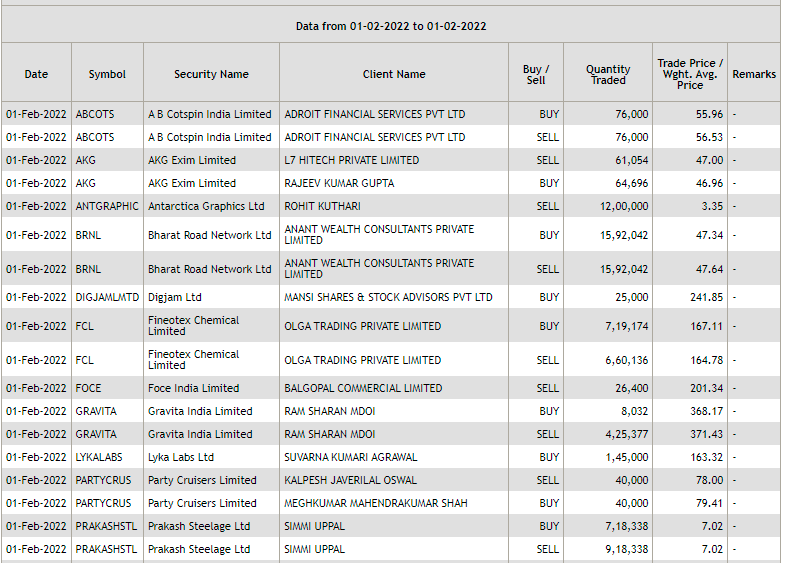
Block and bulk deals are large purchases of stocks by investment banks, mutual funds, hedge funds, pension funds, FIIs, and promoters. Tracking block and bulk deals can help give you a sense of what these large players are thinking.
A single transaction where shares more than Rs 10 crores or the number of shares traded are more than 5 lakh is considered a block deal.
Block deals are carried out in separate trading windows. This trading window operates in two shifts of 15 minutes each:
Morning trading window from 8:45 AM to 9:00 AM.
Afternoon trading window from 2:05 PM to 2:20 PM
Block deals happen in different windows to reduce volatility and sudden price movements. Given that they are traded in a separate window, they do not show up on the volume charts.
Brokers facilitating the transaction are required to inform the exchange. You can track bulk and block deals on NSE & BSE:
https://t.co/pwTyzWTnUL
https://t.co/g9BbHiEag3

Inflation is coming, inflation is coming!
Last month I wrote about the distinction between long-term secular inflation and shorter-term cyclical inflation
It has been clear for several months that we are in the middle of a cyclical rise in
The full thread can be reviewed here:
Today's PPI report should have been expected to surprise to the upside as the leading indicators of inflation have been screaming to the upside for months!
Here is the ISM prices paid index, cumulated into a growth rate
3/

Industrial commodity prices have also seen a major acceleration for months.
4/
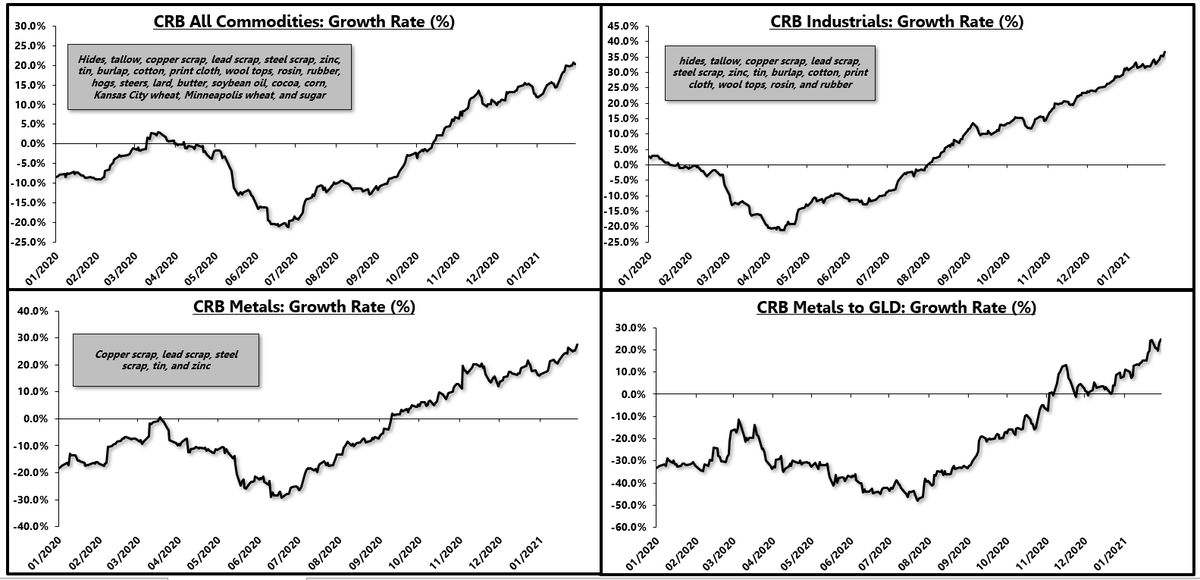
So today's PPI report was in line with the leads, suggesting that we have a cyclical upturn in inflation that is * primarily concentrated in the manufacturing sector *
This is a key point.
5/
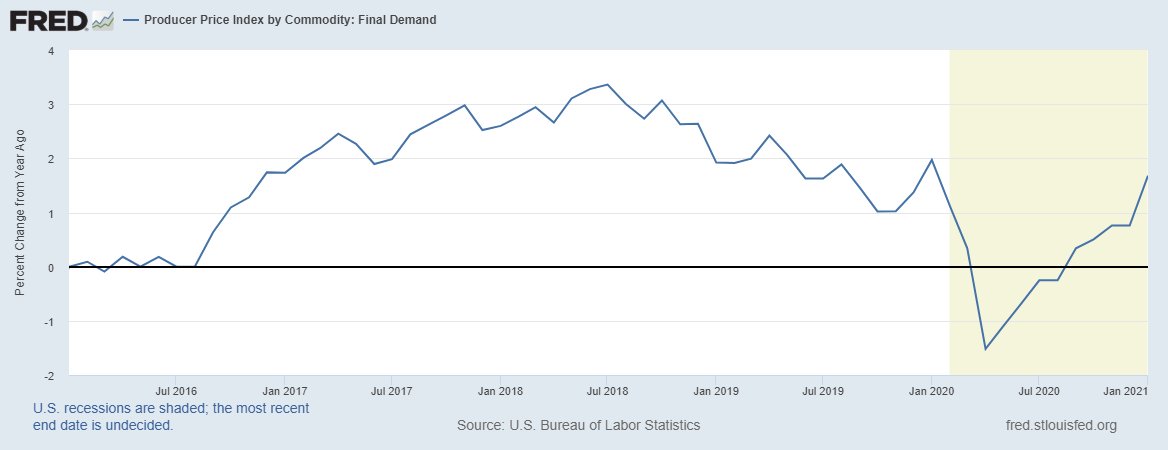
Last month I wrote about the distinction between long-term secular inflation and shorter-term cyclical inflation
It has been clear for several months that we are in the middle of a cyclical rise in
Now, in the short-term, the manufacturing sector is red hot, driven by a pent-up demand rebound in goods consumption.
— Eric Basmajian (@EPBResearch) January 4, 2021
Commodity prices are screaming which gives legs to "goods" inflation in the short-term.
8) pic.twitter.com/rQcqHf1OD0
The full thread can be reviewed here:
Consensus continues to conflate the inflation story, mixing and matching long-term and short-term charts to fit what is generally a secular inflation narrative.
— Eric Basmajian (@EPBResearch) January 4, 2021
Here are my two cents to make the distinction clear.
1)
Today's PPI report should have been expected to surprise to the upside as the leading indicators of inflation have been screaming to the upside for months!
Here is the ISM prices paid index, cumulated into a growth rate
3/

Industrial commodity prices have also seen a major acceleration for months.
4/

So today's PPI report was in line with the leads, suggesting that we have a cyclical upturn in inflation that is * primarily concentrated in the manufacturing sector *
This is a key point.
5/

Why do so many South Africans receive a social grant and why has it increased so rapidly over time? THREAD (because I had to tweet about my MA eventually)
1/ Of the 18m grant recipients, around 12m (so 2/3) are children. Caregivers (overwhelmingly women) receive the grant on the child's behalf. The child support grant was only introduced in 1998, so not sure why DA asks for data since 1994. Other grants have not increased hugely.
2/ My uncontroversial opinion: it is good for the state to provide social assistance, as it is constitutionally obliged, to children in poor households. Public opinion data suggests most SAns agree with this sentiment:
3/ Receiving a social grant is associated with numerous developmental improvements for children - e.g. food security; school attendance - and eases some of the financial burden of carers.
4/ The CSG replaced an earlier cash transfer programme, the State Maintenance Grant, because the SMG discriminated against black women. Only citizens of the Republic - not bantustan residents - could receive it. The SMG failed to provide assistance to the poorest rural children.
\U0001f4c8| Over 18 million people receive some form of grant payment. Data proves South Africans are increasingly going into poverty due to a failing ANC government and its policies.
— Democratic Alliance (@Our_DA) January 5, 2021
The first sharp increase in these numbers started in the 2004/05 financial year.https://t.co/F06VnnAzbx
1/ Of the 18m grant recipients, around 12m (so 2/3) are children. Caregivers (overwhelmingly women) receive the grant on the child's behalf. The child support grant was only introduced in 1998, so not sure why DA asks for data since 1994. Other grants have not increased hugely.
2/ My uncontroversial opinion: it is good for the state to provide social assistance, as it is constitutionally obliged, to children in poor households. Public opinion data suggests most SAns agree with this sentiment:
3/ Receiving a social grant is associated with numerous developmental improvements for children - e.g. food security; school attendance - and eases some of the financial burden of carers.
4/ The CSG replaced an earlier cash transfer programme, the State Maintenance Grant, because the SMG discriminated against black women. Only citizens of the Republic - not bantustan residents - could receive it. The SMG failed to provide assistance to the poorest rural children.

